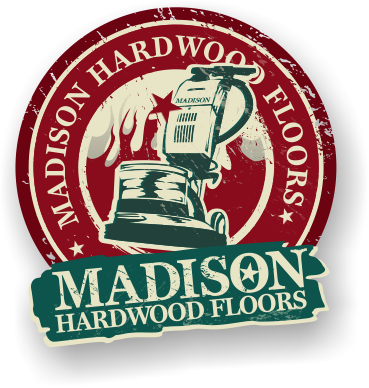Common Types of Hardwood Floors and Installation techniques
Common types of floors
Solid floors - the entire depth of the board is the hardwood. These types of floors can sanded numerous times and may be installed raw or prefinished. They’re not suitable for below grade installations due to moisture and humidity concerns.
Prefinished floors - are coated with an aluminum oxide or ceramic finish, under high heat and pressure at the factory. They arrive at the home with finish applied and, once installed, require no additional sanding or coating. Both engineered and solid lumber floors can be prefinished.
Site finished floors - are installed raw and then sanded and coated after installation. The coatings used for site and prefinished floors are very different. Because of this, the only sanding option for prefinished repairs is a full refinish. Sanding an area of a prefinished floor will look very different than the rest of the floor.
Engineered floors - are layered lumber products with plywood as the base and a vanity lumber as the top, exposed, wear layer. The thickness of the wear layer varies with different products, and are often too thin to sand. Any sanding might expose the plywood below.
Laminate floors - have little to no wood at all. Often times they’re made out of composites and have a sticker to give them the appearance of wood. Laminates cannot be sanded.
Installation techniques
Nail down - individual boards are pneumatically attached to the floor using staples or cleats. A suitable substrate of OSB or plywood is required. Not a suitable installation technique over particle board or cement slabs. Generally used with solid, site, engineered, or prefinished lumber.
Glue down - boards are glued to the substrate. Generally used over cement slabs.
Floating - individual boards are locked or “clicked” together with nothing securing them directly to the substrate. Once installed, the interconnected pieces “float” as a monolithic floor over the substrate. Floating systems are typically engineered or laminate floors. This is typically useful over cement or other surfaces inappropriate for nails.
Glued Tongues - generally a floating floor lacking a click together system, using a tongue and groove system that requires glue at each tongue and groove of the lumber.
Glue assist - usually required in a nail down floor if the board width is 5” or wider. A bead of glue is set at the opposite side of nail to help hold the board in place.
Toothing in - a technique of cutting out existing boards and installing new material within the existing floor to blend a newly installed floor with the old. This eliminates the need for a transition or turn board. Example photo.
